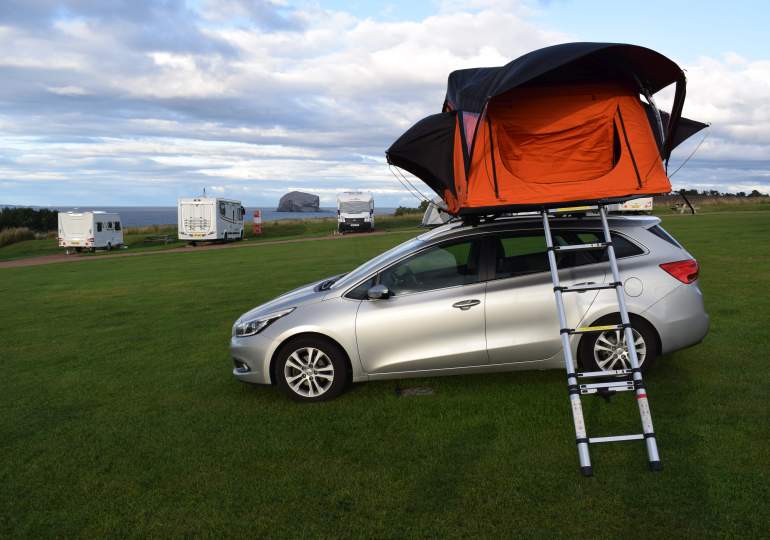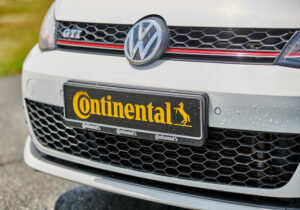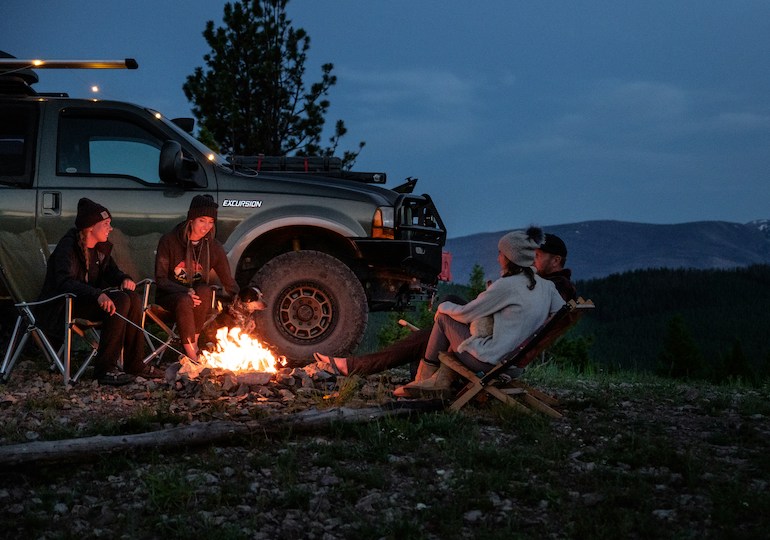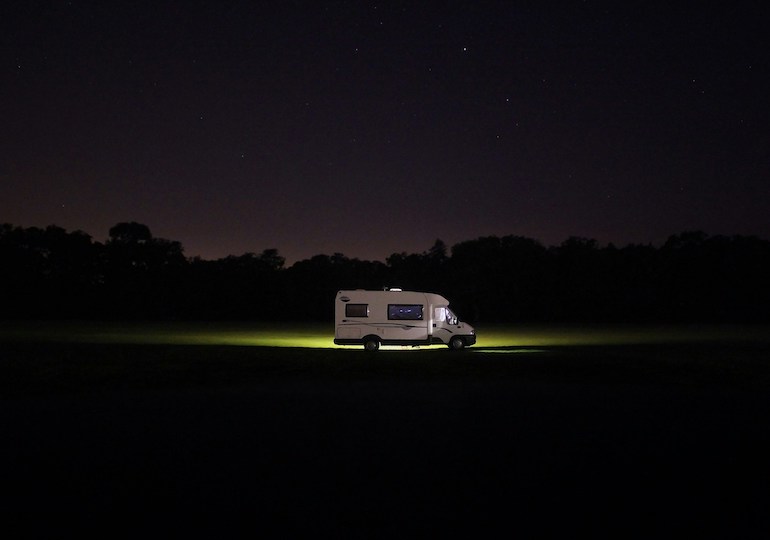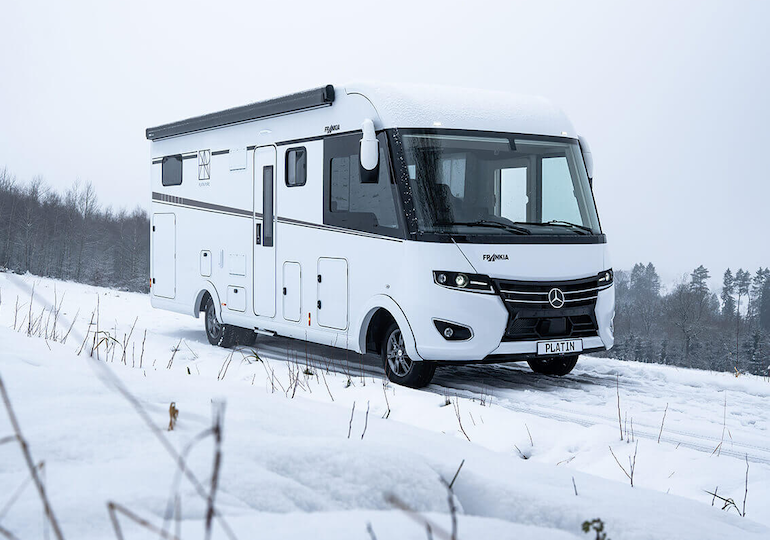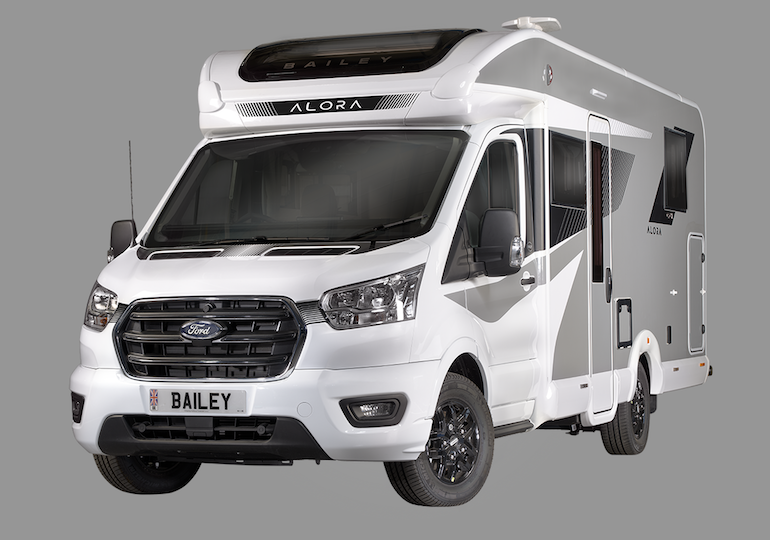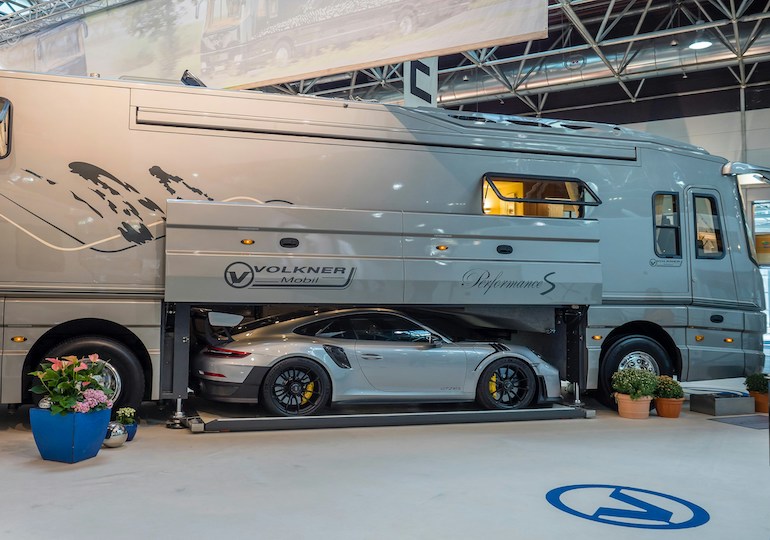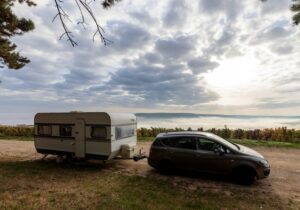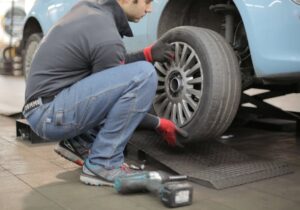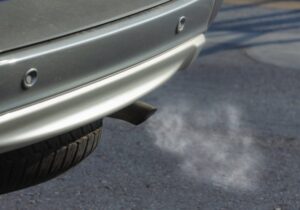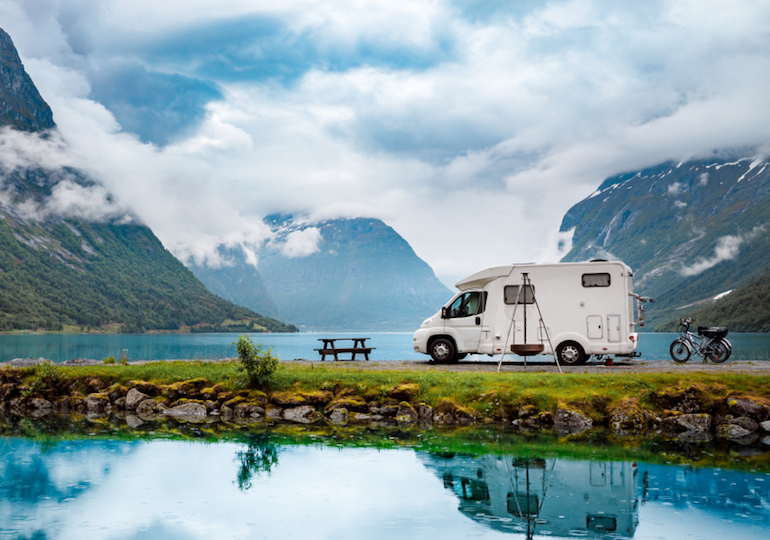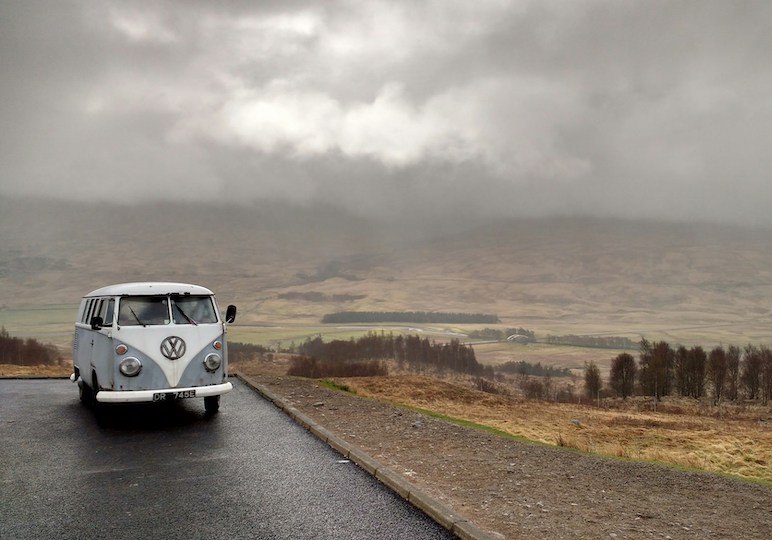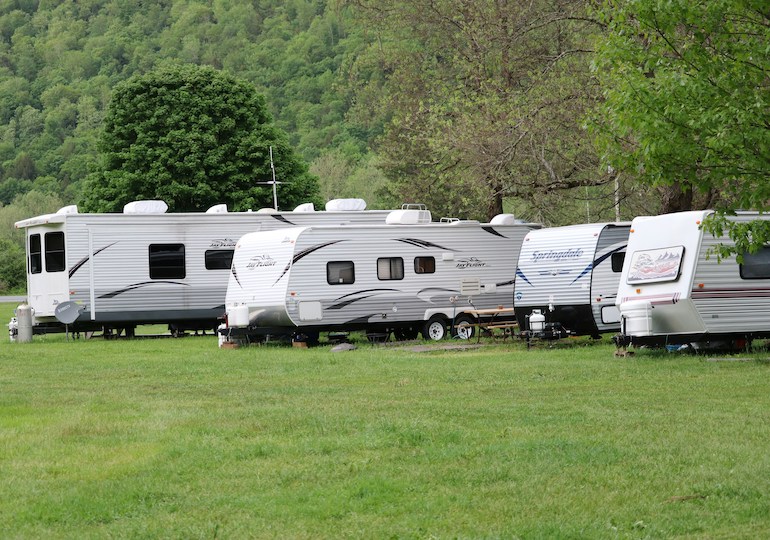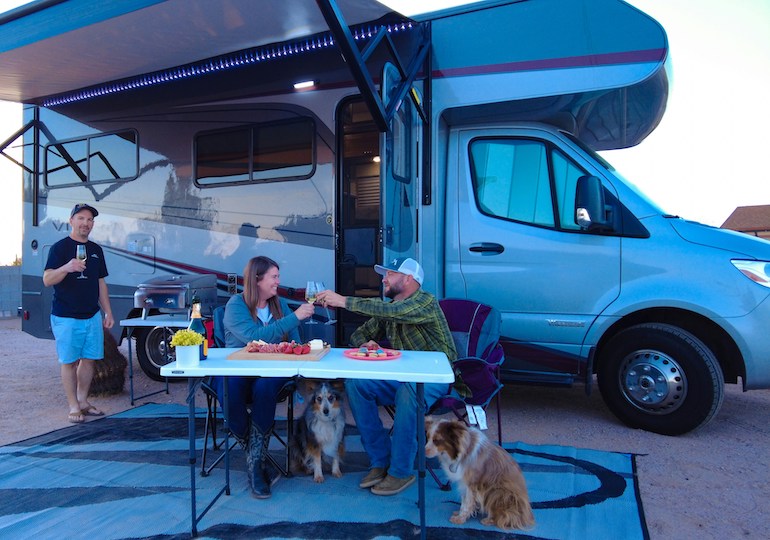On a campsite full of motorhomes costing tens of thousands of pounds, it was a Kia Ceed with a vibrant orange roof tent attached that was getting all the attention. Caravanners looked on from their own pitches as we removed the PVC covering to reveal our compact TentBox Lite and using the ladders, unfolded it like a book.
The TentBox Lite is a pop-up tent specifically designed for use on a car and can be attached to a vehicle of any size, as long as you have roof bars. With an aluminium frame, strong canvas fabric and taped seams for extra waterproofing, it’s made from high spec materials, making it feel like it could withstand most conditions.
It certainly looked impressive, turning up on site and going from flat rectangular travelling mode to fully formed accommodation in a matter of seconds. There’s even a mattress inside, so there’s no need to haul camping mats up the ladders. It had, however, taken a significant amount of preparation to get to this point.
Pre-trip prep versus on-site set-up
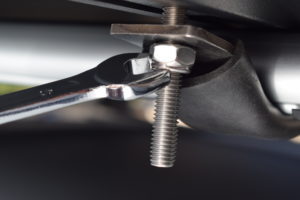 The morning had been spent screwing the bolts in place to ensure the tent was fully secured to the car’s cross bars. But this is the beauty of TentBox’s products – they can be fitted to most vehicles as long as you have some bars, which keep the tent fixed in position above the roof.
The morning had been spent screwing the bolts in place to ensure the tent was fully secured to the car’s cross bars. But this is the beauty of TentBox’s products – they can be fitted to most vehicles as long as you have some bars, which keep the tent fixed in position above the roof.
A number of people have asked me about the fear of the roof caving in and to be honest, fitting it myself and seeing how sturdy the construction is helped assuage any such fears. It is a slightly bizarre concept, however, sleeping on top of a car and the even stranger thing is that once folded out, half of the tent is simply suspended above the ground, although kept at the correct angle by the ladders.
The telescopic design of the ladders means these fit compactly above the tent for travelling. We took a little bit of time adjusting the angle of the steps to get it right and, when the new configuration didn’t quite click into place, used the strap to ensure the rungs didn’t move while in use.
TentBox offers a range of rooftop tents and as the name would suggest, the Lite model weighs the least. At 50kgs it’s still pretty heavy and as two women road testing it, we sought the help of an extra pair of hands to lift it onto the car and off again afterwards. We noticed in the official video instructions that the two men fitting the Tentbox to their car lifted it on from a table, so we adopted the same technique.
The website states that the set-up time for the TentBox Lite is five minutes and once you’re in situ on your pitch or camping spot, that’s certainly true. Initially fitting the tent to the car takes significantly longer, however. Anyone putting the tent in place and leaving it atop the car in a secure location to use it multiple times throughout the season won’t be too put off, but it’s an effort for one trip.
Without any paper instructions, we used the website’s video to install the Tentbox. While this was really useful and easy to follow, the design of the tent has been tweaked a bit since it was filmed. Handily, this meant the tent’s rails were already attached, but we had to work this out for ourselves.
The TentBox comes with all the tools you need to fit it – most notably a spanner and an allen key. Luckily, I had a second spanner in my toolkit, so we could both work on screwing and unscrewing the bolts to attach the tent to the cross bars at the same time. It was a time-consuming task, but with a more sophisticated tool you’d be able to complete it more quickly. Be prepared to get well-acquainted with those bolts though, as they’re the vital pieces that keep your TentBox in place and you’ll want them screwed in tightly.
Comfort, space and putting the TentBox through its paces
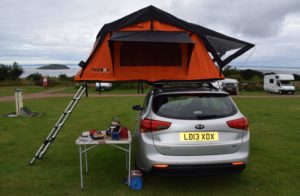 If you want to test a tent then camping on a Scottish clifftop overlooking the sea as the seasons change from summer to autumn is a pretty good way to go about it. Although we managed to avoid any rain, there was a steady supply of wind, but at no point did the TentBox feel anything but stable. We decided to shut down a couple of the exterior flaps as a result of the wind to tweak the setup to the situation.
If you want to test a tent then camping on a Scottish clifftop overlooking the sea as the seasons change from summer to autumn is a pretty good way to go about it. Although we managed to avoid any rain, there was a steady supply of wind, but at no point did the TentBox feel anything but stable. We decided to shut down a couple of the exterior flaps as a result of the wind to tweak the setup to the situation.
Among the benefits of camping on top of your car are not having to worry about uneven ground beneath your tent or the cold from the pitch seeping in either. In fact, it was quite cosy inside the TentBox, with the robust mattress more comfortable than most other camping options I’ve experienced. There was plenty of room for two adults and various possessions, as well as conveniently placed pockets and a spot from which to hang a camping lamp.
TentBox Lite – Yes or no?
My top tip for camping in a TentBox would be to bag yourself a picturesque spot to pitch up for the night. The elevated position of your tent offers an unprecedented vantage point and waking up to views over Bass Rock was undoubtedly a memorable experience. While a TentBox doesn’t offer all the luxuries of a caravan or motorhome, it helps to bring the humble camper into closer competition without paying out thousands of pounds.
In terms of practicalities, transporting your tent on the roof also frees up plenty of boot space for the all-important breakfast making set-up. I can see why TentBoxes are popular with outdoor enthusiasts, especially those who need a lot of kit but want to maintain a sense of ease to get up and hit the road. I’m just pleased we road tested the lighter TentBox model, as despite being compact, it took some heft to get it on the car.
TentBox products are undoubtedly well made and well designed. If you’re looking to invest a bit more in your camping trips without going full motorhome, a TentBox is definitely a viable solution. Just make sure you’re ready to receive some attention from fellow campers next time you pitch up!

